The Flipper Occupation Conspiracy...Perhaps

Hurricane Katrina spawned many a ferocity -- floods, tornadoes, hysterical reporters and ludicrous Howard Dean sound bytes -- along with many a fallacy: Dubya created Katrina by not supporting Kyoto, Dubya hates black people, Dubya had the US Army Corps of Engineers dynamite the 9th Ward Levee in New Orleans, and ludicrous Howard Dean sound bytes.
We can add to it one other story, though this one flipflops precariously between the borders of truth and fiction: US Military assassin-trained dolphins, now (or alleged to be) loose in the Gulf.
According to a reporter in a British tabloid, the US Military had -- and lost containment of as a result of the hurricane -- 36 trained and armed Atlantic bottlenosed dolphins. Dolphins trained in military applications which included identifying and 'neutralizing' terrorists attacking American military and economic targets at sea, such as warships and oil rigs. Armed with toxic dart guns, the dolphins could attack and 'neutralize' an enemy agent, so that military interrogators could capture and compel information out of them, ala Lindy England/Club Gitmo/Abu Grabass style.
However, now with 36 trained and armed dolphins on the loose in the Gulf -- and most likely out of contact with their handlers -- these dolphins might not differentiate between an Al Qaida scuba terrorist, a Greenpeace activist, and/or a vacationing snorkeler from Newark, NJ.
All could be fair game in the eyes of Flipper.
US Military spokespersons have acknowledged that they have -- since World War II -- sought to train dolphins, long recognized as highly intelligent, for military missions at sea; however, they deny the story that dolphins have been trained to use offensive arms, let alone are now loose with those arms in the Gulf.
That denial is not believed by all, least of all those who both seek any and every chance to scream "conspiracy!", as well as those who might see in the Gulf an avenue of attack on the American continent.
And that fact, in the case of the latter, has the suitably aggrieved members of the ACLU* incensed. An offishial statement from ACLU* spokesperson Fahrak A-al Schmuckassoui states unequivocally that "this is a calculated, racist move by the US Government in their crusade against the righteous forces of Islamic Jihad. The rights themselves are not guaranteed by the infidel scrap of paper flippantly called the Constitution; they are guaranteed by the dictates of Allah and the righteous wrath of Islamic Jihad against the infidel". He noted that ACLU* attorneys were petitioning simultaneously the World Court and the 9th US Shortcircuit Court of Appeals for an injunction against the US Military, Government, and the Bush Administration. He demanded that "these corrupted-by-infidels dolphins be captured and properly indoctrinated in the ways of Islam, or eaten".
Additionally, he demanded that Flip -- the Frontier Airlines spokesdolphin -- be included in the round up, decrying him as "a capitalist dupe of the infidels, an airborne spy and spotter for the infidel fish of the Great Satan".
Calls for statements from Frontier Airlines, the Bush Administration, the US Navy, and the 9th Shortcircuit Court of Appeals, regarding the ACLU* charges and demands went unresponded to. Calls to the main offices of the ACLU* (1-900-DUMBASS) were answered with a pre-recorded message, echoing Schmuckassoui's prepared statement.
Ravings from the ACLU* aside, the overall veracity of the "killer dolphins" controversy is challenged at the Urban Legends and Folklore website (http://urbanlegends.about.com/) , among others, as "X-Files nonsense".
Whatever veracity one might attach to the story circulating, it is rumored -- not unreasonably, in light of her other public comments -- that peace activist Cindy Sheehan has joined forces with the ACLU*, and is demanding that the Bush Administration and Israeli Jews "end their illegal occupation of the Gulf of Mexico" through the covert deployment (under the cover of a Dubya-inspired hurricane) of militarily-trained dolphins.
No doubt she wants to ask Dubya about that face-to-face, too.
* Al Qaida Civil Liberties Union, hoping to suicide bomb near you

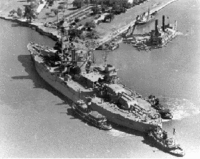
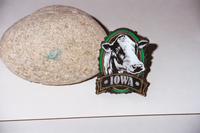


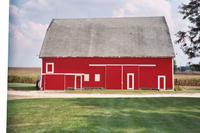

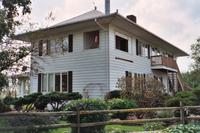
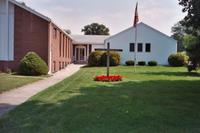

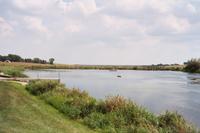
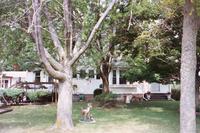
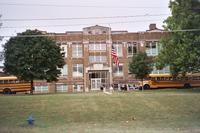
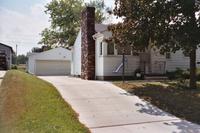
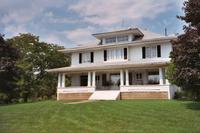




.jpg)
.jpg)


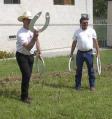
.jpg)